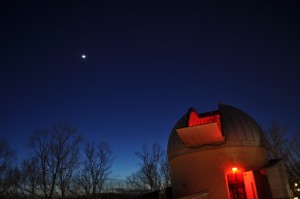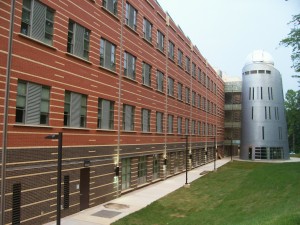March’s Full Moon is the “Lenten Moon”, “Worm Moon”, “Crow Moon”, “Crust Moon”, “Sugar Moon”, “Sap Moon”, “Chaste Moon”, or “Holi”.

1st talk at 7PM, same talk at 7:45PM, observing starts at 7:30PM until 9PM.
Campus Map – The George Mason University Observatory at the Fairfax Campus building Research Hall formerly known as Research I.
Tuesday 9 April 2013: This date IF AND ONLY IF 2 April 2013 canceled due to weather. 1st talk at 7PM, same talk at 7:45PM, observing starts at 7:30PM until 9PM.
See front page of NOVAC Site for changes to event. More information about Great Meadow including directions and parking visit the Great Meadow Site page.
Public Night @ Sky Meadows in conjunction with SI – Check http://www.novac.com/wp/observing/sky-meadows/ for site details and directions.
Guest Speaker: Dr. Gianluca Masi
Next 14 April, starting at 23:15 UT, the Northern Virginia Astronomy Club (NOVAC) will offer you a unique chance to explore cosmic landscapes from the comfort of your chair.
Thanks to a joint collaboration between NOVAC and the Virtual Telescope Project (VT)in Italy (www.virtualtelescope.eu), a powerful telescope in Italy will be capturing in real time images of the most beautiful cosmic gems and will share the view with all those connected from all around the planet.
All this with the live commentary of the astrophysicist Gianluca Masi, PhD, founder and scientific director of the Virtual Telescope Project, who will be available on the event chat for questions and comments.
We will surf the northern Spring skies, spying beautiful, distant galaxies like Messier 51, Messier 100, NGC 4565 and so on, also spying dying stars, exploding supernovae millions and millions of light years away. On our way back home, we will visit planet Saturn and its elegant, amazing rings. Of course, participants can suggest their own preferred destinations via chat, adding interactivity to the trip.
NOVAC and VT will open the online event to all, for free: to join, you just need to access, at the event date and time, the page:www.astrowebtv.org
In case of cloudy weather at the observatory, backup images will be used.
This event is part of the Global Astronomy Month 2013.
The Lyrid meteor shower will reach its maximum rate of activity. Some meteors will be visible each night from 19 Apr to 25 Apr, but the best show will be on this evening. The maximum number of meteors expected to be visible from a dark location is around 10 per hour (ZHR). The Moon will be 13 days old at the time of peak activity, and being so close to Full Moon, will severely limit the observations that will be possible. Shucks!

This event was postponed from the previous week. 1st talk at 7PM, same talk at 7:45PM, observing starts at 7:30PM until 9PM.
Campus Map – The George Mason University Observatory at the Fairfax Campus building Research Hall formerly known as Research I.
Tuesday 23 April 2013: This date IF AND ONLY IF 23 April 2013 canceled due to weather. 1st talk at 7 PM, same talk at 7:45PM, observing starts at 7:30PM until 9PM.
April’s Full Moon is the “Egg Moon”, “Pink Moon”, “Sprouting Grass Moon”, “Fish Moon”, “Seed Moon”, “Waking Moon”, or “Hanuman Jayanti”.

